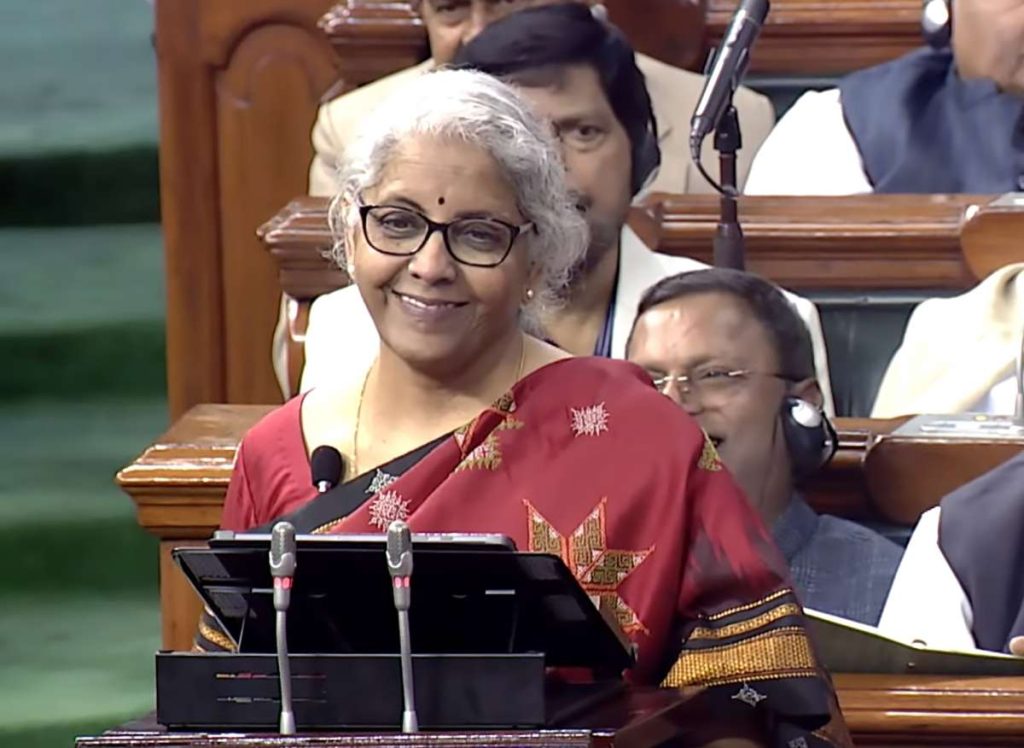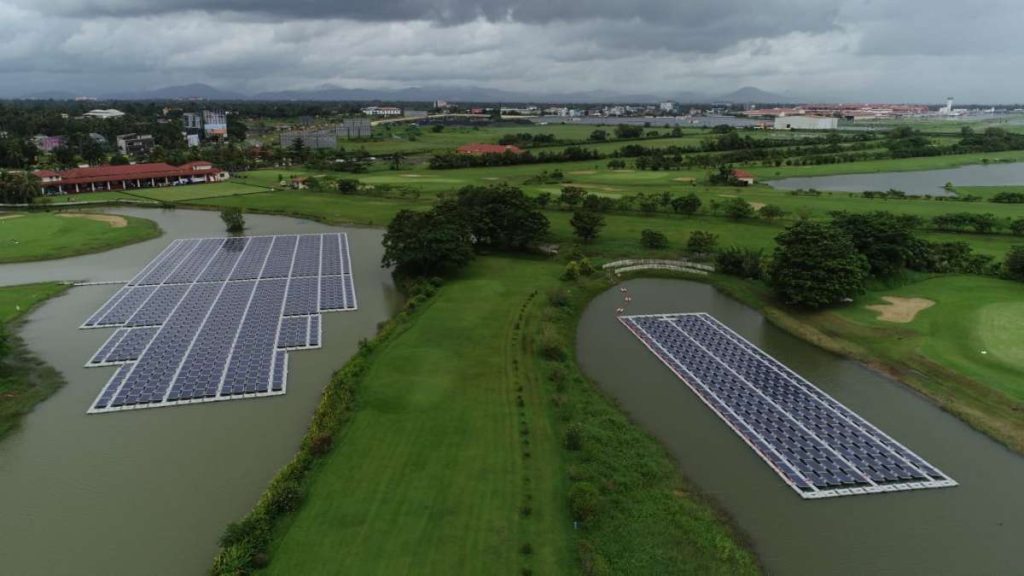Prime Minister Modi said India has shown leadership in climate action and achieved its non-fossil installed electric capacity target nine years in advance, reports Asian Lite News
Prime Minister Narendra Modi on Saturday said that India would achieve the target of generating 50% of its electricity from non-fossil fuels by 2030 as part of the stepped up war against climate change.
Addressing the G20 Energy Ministers meeting in Goa via video on Saturday, the Prime Minister said India has shown leadership in climate action and achieved its non-fossil installed electric capacity target nine years in advance.
He pointed out that India is among the global leaders in solar and wind power and is making great efforts in green growth and energy transition.
“For decarbonizing India, we are working on a mission mode on Green Hydrogen as an alternative. The aim is to make India a global hub for the production, use, and export of Green Hydrogen and its derivatives. We are happy to share our learnings,” PM Modi said.
India is the most populated nation and the fastest-growing large economy in the world yet the country is moving strongly on its climate commitments, the Prime Minister pointed out.
PM Modi said that the world looks to the G20 countries to advance sustainable, just, affordable, inclusive, and clean energy transition and urged the ministers to ensure that the Global South is not left behind.
“We must ensure low-cost finance for developing countries. We must find ways to bridge technology gaps, promote energy security, and work on diversifying supply chains. And, we must strengthen collaboration on fuels for the future,” PM Modi said.
“The High-level Principles on Hydrogen are a step in the right direction. Transnational grid interconnections can enhance energy security. We are promoting this mutually beneficial cooperation with our neighbours in this region. And I can tell you, we are seeing encouraging results. Realizing the vision of inter-connected green grids can be transforming,” the Prime minister explained.
“It will enable all of us to meet our climate goals, stimulate green investment, and create millions of green jobs. I invite you all to join the Green Grids Initiative – ”One Sun, One World, One Grid of the International Solar Alliance,” he remarked.
PM Modi also highlighted the fact that caring for the environment was part of India’s culture and traditional wisdom. He emphasised his vision of Mission LiFE which is a Lifestyle for Environment that will make each individual a climate champion and the fight against global warming a mass movement.
“No matter how we transition, our thoughts and actions must always help preserve our ”One Earth”, protect the interests of our ”One Family”, and move towards a Green One Future.” PM Modi remarked.
Highlighting the other measures that have been undertaken to reduce India’s carbon footprint, the Prime Minister said more than 119 million families in the country have got LPG connections in the last nine years. “We have also achieved the historic milestone of connecting every village to electricity,” he said.

“In 2015, we began a small movement, by launching a scheme for the use of LED lights, this became the largest LED distribution programme in the world. Saving more than 45 billion units of energy per year,” the prime minister said.
He said that India’s domestic electrical vehicle market is projected to reach 10 million units of annual sales by 2030.
“We have commenced the rollout of 20 per cent ethanol blended petrol this year. Our aim is to cover the entire country by 2025,” he said.
Energy Ministers from G20 member countries, nine invited countries and high-ranking officials from 14 international organizations are attending the Ministerial meeting In Goa under India’s presidency.
(India Narrative)
ALSO READ: Kerry holds climate talks in China








